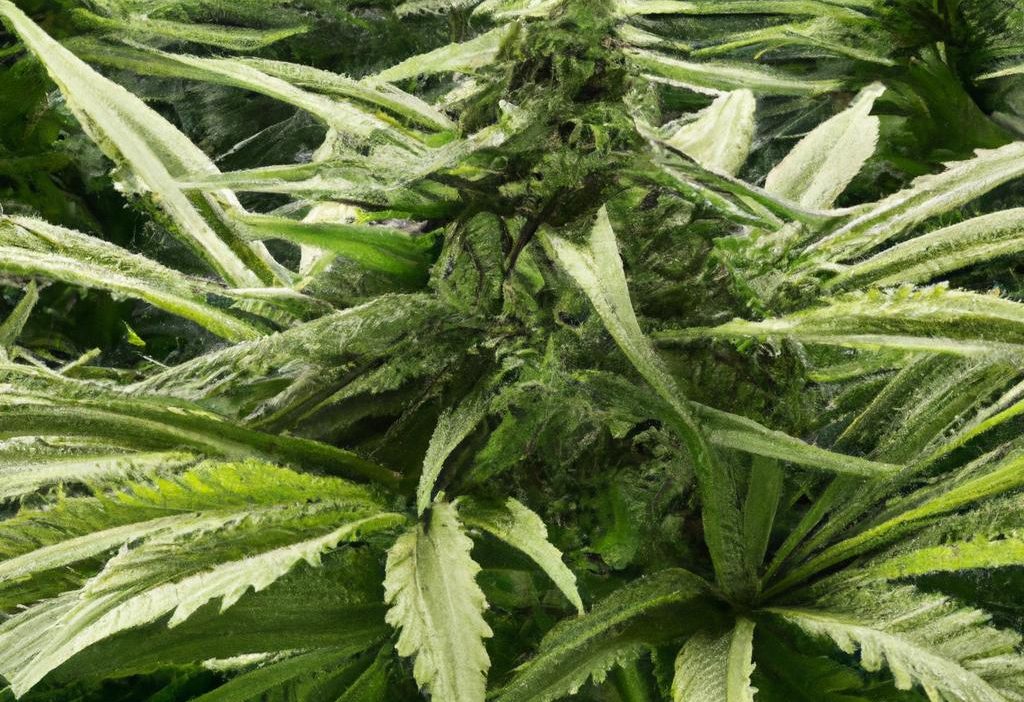
How Thin Film Distillation Improves oil Purity in Cannabis Processing
The cannabis industry is evolving rapidly, with advancements in technology shaping how cannabis extracts and oils are produced. For both medicinal and recreational consumers,purity is king – especially when it comes to cannabis oil. This is where thin film distillation steps in as a game-changing technology in cannabis post-processing. But what exactly is thin film distillation, and how does it enhance oil purity in cannabis extraction?
In this article, we’ll dive deep into how thin film distillation works, its role in refining cannabis oil, and why it is becoming an essential step in modern cannabis processing equipment lines.
Understanding Thin Film Distillation in Cannabis Processing
Thin film distillation is a specialized form of short-path distillation that enables the separation of compounds at lower temperatures under high vacuum. This process gently removes unwanted contaminants and impurities without degrading sensitive cannabinoids and terpenes.
The method involves spreading the crude cannabis oil into a very thin film on a heated surface. The oil is then subjected to reduced pressure, allowing volatile impurities – such as residual solvents, chlorophyll, pesticides, and heavy hydrocarbons – to evaporate and separate efficiently from the desired cannabinoids.
Key Features of Thin Film Distillation
- Low Temperature Operation: Prevents degradation of cannabinoids like THC and CBD as well as valuable terpenes.
- Short Residence Time: The oil spends only a few seconds in the heated zone, preserving compound integrity.
- High Vacuum Habitat: Enables distillation at temperatures much lower than atmospheric boiling points.
- Continuous Film Formation: Maximizes surface area for evaporation and efficient separation.
How Thin Film distillation Improves Cannabis Oil Purity
Purity in cannabis oils is critical for both efficacy and safety. Thin film distillation enhances purity by:
1. Removing Residual Solvents and Chemicals
After extraction processes such as CO2 or hydrocarbon extraction, residual solvents can remain. Thin film distillation efficiently strips these solvents without affecting cannabinoid potency, resulting in a cleaner and safer oil.
2. Eliminating Chlorophyll and Plant Waxes
Chlorophyll and waxes impart an undesirable green color and bitter taste to cannabis oil. During thin film distillation, these heavier molecules have higher boiling points and remain behind, improving oil clarity and flavor.
3. Concentrating Cannabinoids and Terpenes
By separating out impurities, the concentration of active cannabinoids such as THC, CBD, CBG, and aromatic terpenes increases, providing a more potent and effective product.
4. Enhancing oil Stability and shelf Life
Removing degradative impurities improves the oil’s resistance to oxidation and prolongs shelf life, which is vital for commercial cannabis products.
| Impurity | Effect on Cannabis Oil | Removal Benefit with Thin Film Distillation |
|---|---|---|
| residual Solvents | Toxicity, harsh taste | Safe, clean oil; regulatory compliance |
| Chlorophyll | Bitter flavor, dark color | milder taste; clear, golden oil |
| Plant Waxes | Cloudiness, waxy texture | Smooth texture; improved aesthetics |
| Heavy Hydrocarbons | Unwanted residues; potential toxins | Cleaner concentrate; enhanced purity |
The Role of Thin Film Distillation in Cannabis Post-Processing Equipment
Thin film distillation has become a cornerstone technology in cannabis extract refinement. Many processors integrate thin film units into their workflow after initial extraction and winterization to further polish their oils.
Modern thin film distillation systems designed for cannabis offer:
- Scalability: From small boutique batches to large commercial runs
- Automation: Precise temperature and vacuum controls for repeatable purity
- Modular Design: Easy integration with other post-processing stages like decarboxylation and crystallization
How It Fits Into the Cannabis Extraction Workflow
- Extraction: CO2, hydrocarbon, or ethanol extraction creates crude cannabis oil
- Winterization: Removal of fats, waxes, and lipids through cold ethanol wash
- Thin Film Distillation: Polishing to remove residual solvents, chlorophyll, and increase cannabinoid purity
- Final formulation: blending, terpene reintroduction, or product finishing
Benefits and Practical Tips for Cannabis Processors
benefits of using Thin Film Distillation
- Superior Product Quality: Cleaner, more potent cannabis oils with better taste and aroma
- Regulatory Compliance: Meets stringent safety standards important in legal markets
- Cost Efficiency: Less waste and higher yield of refined oil
- Brand Reputation: Produces premium, consistent products that consumers trust
Practical Tips for Optimizing Thin Film Distillation
- Maintain Proper Vacuum Levels: High-quality vacuum pumps ensure efficient evaporation at lower temperatures
- Control Feed Rate: Adjust flow to avoid overloading the thin film evaporator and maintain purity
- Regular Equipment Cleaning: Prevent buildup to ensure consistent heat transfer and product quality
- Temperature Precision: Avoid overheating cannabinoids by setting the correct evaporation temperature ranges
Conclusion: A Must-Have technology for Purity-Driven Cannabis Processing
Thin film distillation represents a pivotal advancement in cannabis post-processing, allowing producers to efficiently elevate the purity, potency, and aesthetic appeal of their oils.As consumer demand for high-quality cannabis extracts grows worldwide, integrating thin film distillation technology will increasingly distinguish leading brands and processors in the competitive market.
Whether you are a large-scale producer or an artisan extractor, understanding and adopting thin film distillation can maximize your cannabis oil’s potential – ensuring that purity and quality are never compromised.
Explore how this cutting-edge cannabis processing equipment can transform your extraction workflow today and produce cannabis oils that truly shine.





